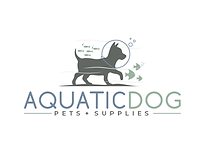Wild caught? Or Captive bred?
- petsplusllc
- Jun 23
- 1 min read
There is a long history of importing wild caught animals in Herpetoculture.
Historically:
Early Use: Herpetoculture, the keeping of reptiles and amphibians, has a history rooted in the wild animal trade.
Early European Involvement: The Dutch East India Company, in the 17th and 18th centuries, played a key role in supplying reptiles and other exotic animals to Europe, even constructing holding facilities.
Rise of the Exotic Pet Trade: The 20th century saw a significant increase in the popularity of exotic pets, with millions of animals traded globally.
Reptile Popularity Boom: The 1980s and 1990s witnessed an explosion in the popularity of reptiles as pets and their trade in the West.
Modern Herpetoculture and Wild-Caught Animals:
Changing Trends: While historically, wild-caught animals were a primary source for herpetoculture, the focus is greatly shifting towards captive bred animals, especially for commonly kept species.
Continued Role: Wild-caught animals still play a role in herpetoculture, being essential for establishing and maintaining genetically diverse captive populations.
Regulations and Conservation: Regulations such as CITES and the Endangered Species Act protect many species.

Adut Male Pictus Gecko Paroedua picta
As you can see, careful collection of wild caught specimens can be very valuable to breeders and facilities. The diverse genetics help maintain those healthy captive populations.
For most pet owners however, choosing captive bred animals just makes more sense.
Captive bred animals are typically healthier lacking the parasites many wild animals will harbor.
They are more accustomed to human interaction and interventions and can be more friendly and sociable.
UNDER CONSTRUCTION

